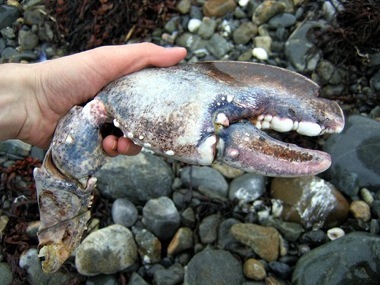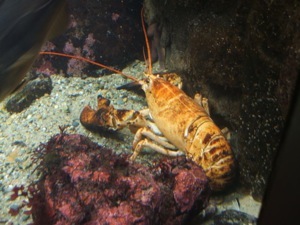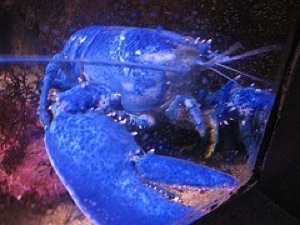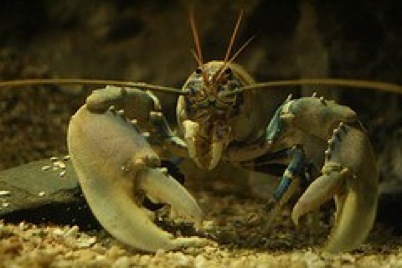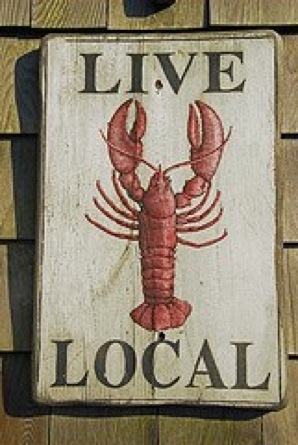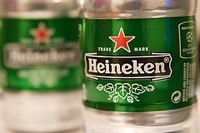
Don’t Be So Shellfish!
Lobster blood is colorless and transparent; however, upon interaction with oxygen the blood turns a blush color.
Apparently there aren’t enough arcade games in the world, so lobsters are being called upon for some seriously questionable entertainment!
In order to obtain one pound of edible lobster meat, five one-pound lobsters must be caught.
As of now, an acceptable technique for determining the age of a lobster has yet to be determined. Because a lobster sheds is carapace (molts) periodically, there is no trace of growth on their body that can indicate their age. So, the maximum life span of a lobster is still unknown. Size measurements are used to estimate age while the rate of growth is based on temperature. It is known that lobsters can live at least 50 years and grow large in size. A lobster that was one meter in length and 20 kg in weight was caught in Nova Scotia in 1977(pictured at top left). Lobsters of similar size have been found and documented since then but the biggest lobster ever netted was caught in 1974 and weighed 37.4 lbs and was 2.1 ft in length. This lobster was cleverly dubbed “Big George.” To see a large lobster that made the news, click here.
Beer and lobster? Absolutely!
Lobsters have the ability to discard limbs (claws, walking legs, or antennae) in compromising or life-threatening situations. This phenomenon is referred to as autonomy.
The brain of a lobster is hypothesized
to be of similar size to that of a
grasshopper. Scientists believe that
complex thought is not present within
this brain and it is also very likely that
pain is not experienced by lobsters.
Lobsters are catching the eye of
novelists and some really great stories
of their underwater lives are being
captured. Specifically, Trevor Corson’s
book The Secret Life of Lobsters has
received rave reviews!
Even American Idol is jumping on the
lobster bandwagon! Wait until you see
Kellie Pickler scream bloody murder!
The color of the carapace is composed mostly of red pigment which is associated to other pigments. This combination of associated pigments gives lobsters their unique color (brown-green or brown-blue). However, there are variations in nature. Blue (top right) and yellow (top left) lobsters are extremely rare. It is also rare when the carapace exhibits two separate colors. In other cases, it is an albino and white in color (bottom) or dark brown with yellow spots and referred to as a leopard lobster.
It is believed that the color of the carapace is genetically determined but the responsible genes have yet to be discovered. An example is the rare blue lobster in which the astaxanthin is bound to a special crustacyanin protein. When the astaxanthin is bound to the crustacyanin, its spectral properties lie toward blue.
If you would like to return to the home page, proceed!

